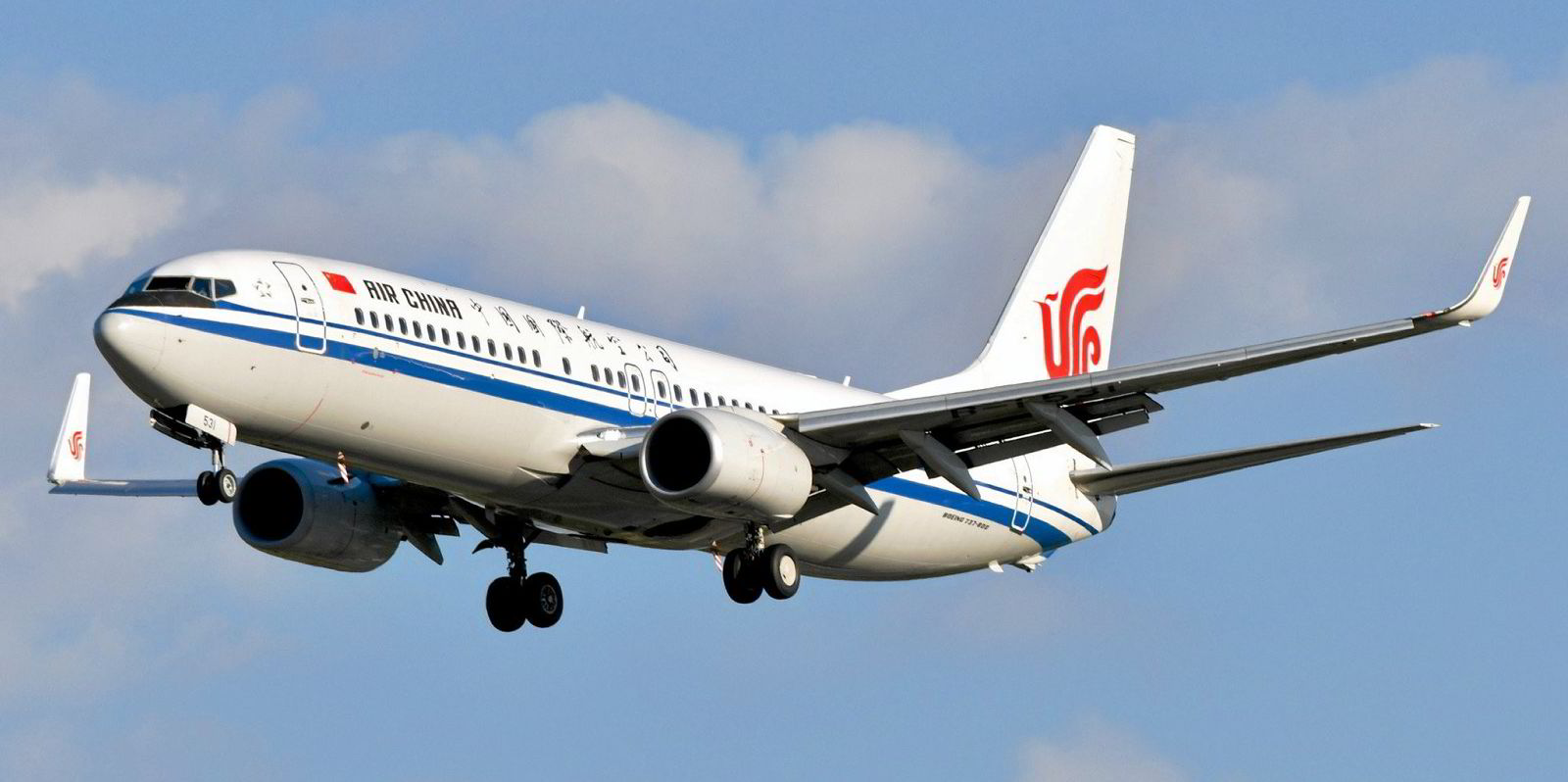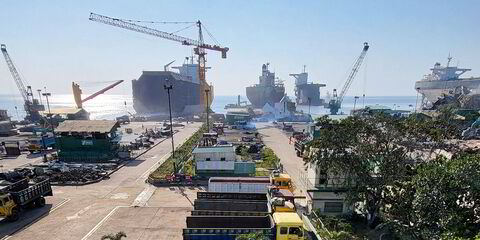A reluctance by Chinese tourists to travel overseas is said to be the main reason why jet fuel shipments have yet to return to their pre-Covid levels, says a top shipbroker.
In 2019 jet fuel consumption peaked at 8m barrels per day (bpd), representing about 8% of total oil demand, according to Poten & Partners.
But by 2020, jet fuel demand fell dramatically when Covid-19 caused widespread global lockdowns with demand falling to 4.7m bpd, a 40% drop, representing only 5.2% of global oil demand.
“Last year, demand for aviation fuels had recovered to 6.2m bpd and for this year, the International Energy Agency (IEA) expects an annual average of nearly 7.3m bpd. Jet fuel’s market share in total oil demand currently stands at 7%,” the broker said.
China, which was the world’s largest and fastest growing consumer of jet fuel pre-Covid, remained under lockdowns for much longer than the rest of the world post-pandemic.
“Since China reopened, the number of flights has been recovering quickly. However, the expansion is uneven,” said Poten.
“While domestic flights are booming, international flights are lagging. In March 2023, the number of international flights was still less than 10% of what it was in 2019, despite a five-fold increase over 2022.
“The growth in China’s international flights has been focused on short-haul regional flights with destinations in Southeast Asia,” the broker added.
Poten said these short-haul flights consumed much less fuel than the long-haul trips to Europe or North America, which have been slow to recover.
“European carriers are cautious to increase flights to China, especially since the Russian airspace is closed to most of the European airlines,” the broker said.
Chinese airlines also have trouble regaining access to North America, which are some of the most fuel-intensive routes.
“As a result of all these factors the recovery in air travel has been slightly delayed and jet fuel demand is not where analysts expected it to be,” said Poten.
However, the broker said the future still looks bright with pent-up demand for air travel, especially in Asia and jet fuel consumption set to continue to grow in the coming years.
In their latest medium-term outlook, the IEA forecasts jet fuel demand to continue to improve, as international flights from China continue to recover.
Poten says the impact on international shipping will be positive with more jet fuel demand set to stimulate higher refinery runs, in particular in Asia, where demand growth is concentrated.
“This will stimulate more crude oil imports, while jet fuel [which] is also traded globally…supports product tanker demand,” the broker said.
In the Atlantic, the main trade flows are from the Middle East to Europe with an average of 231,000 barrels per day (bpd) and from Asia – primarily India – to Europe the volumes are 107,000 bpd. In the Pacific, the Asia to North America trade is the main driver for seaborne jet fuel moves with daily volumes of 128,000 bpd.
Poten adds that ultimately there will be an effort to produce more sustainable aviation fuel (SAF) to reduce the airline industry’s carbon footprint.
“However, SAF volumes are still very small, and, in the meantime, jet fuel will grow its share in the market of transportation fuels,” Poten said.





